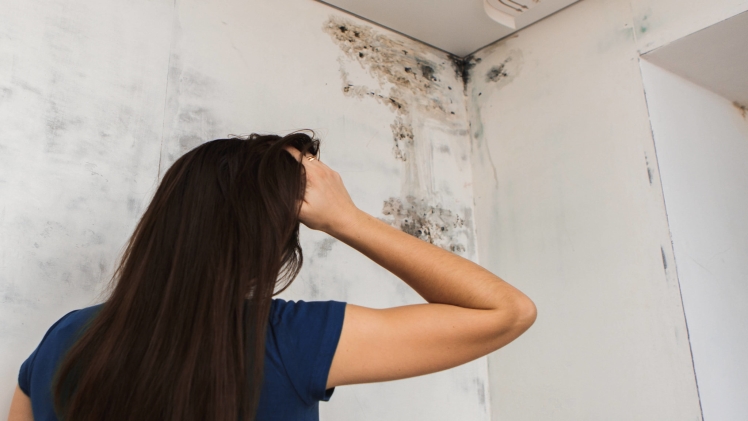An example of a fungus is mold. There are some changes, and they can occur both indoors and outside Molds create bacteria, which disperse by air drive. All inner environments include mold bacteria. Spores cannot be stopped, and they can endure in surroundings where mold cannot develop. When mold bacteria drop on a moist area, they start to develop because they like warm, moist surroundings. Molds can develop on a wide range of materials, such as cloth, paper, wood, glass, and plastic. They may consume the substance they are growing on as they expand.
Health Effects and Symptoms of Black Mold
Particularly when poisonous black mold infestations take place, mold in houses may be a costly and dangerous issue. Understanding the warning signs will help you and your family stay safe. Black mold contact and black mold intoxication can cause a wide-ranging of health fears. As it feeds on organic basics in representative household materials like wallboard, rug, lining, or sub-flooring that have been visible to dampness, poisonous black mold, also known as Stachybotrys chartarum, can produce bacteria. If consumed or breathed, these spores can produce a variety of unpleasant and even harmful symptoms in people.
Common Types of Molds.
Alternaria: This grows in wet areas of buildings, such as showers or beneath dripping sinks.
Aspergillus: This frequently develops inside on drywall, powdered foods, dust, and other construction materials.
Cladosporium: This may flourish in both warm and chilly climates. It frequently manifests on textiles and wooden surfaces.
Penicillium: This thrives on materials that have been damaged by water. It frequently looks blue or green.
Common Causes of Molds:
Common reasons of black mold indoors Water damage is the most typical cause of black mold. It might be the ideal habitat for black mold to thrive if water seeps into your house and remains there for a long time. Black mold development may also be influenced by poor ventilation. Lack of fresh air will result in increased humidity in your home, which will be ideal for the growth of black mold. flooding, erratic maintenance, humidifiers, condensation, blocked gutters, damp clothing, humid basements, or even water buildup near a home’s foundation can also result in this.In order to stop black mold from forming, it’s critical to remedy any plumbing or roof leaks as soon as possible.
Conclusion
Mold spores are present in all indoor situations, however the majority of people are unaffected by this. However, if there are mold spores and mold in the environment, persons with a weakened immune system may be more susceptible to sickness, especially lung issues. The respiratory reaction is linked to the majority of black mold health consequences and symptoms. Black mold exposure and black mold intoxication can both root long-lasting hacking and sneeze, crossness of the eyes, slimy membranes of the nose and esophagus, rashes, enduring exhaustion, and tenacious headaches. Some people may respond allergically. The best strategy to avoid mold growth indoors is to keep the area dry, clean, and properly aired

